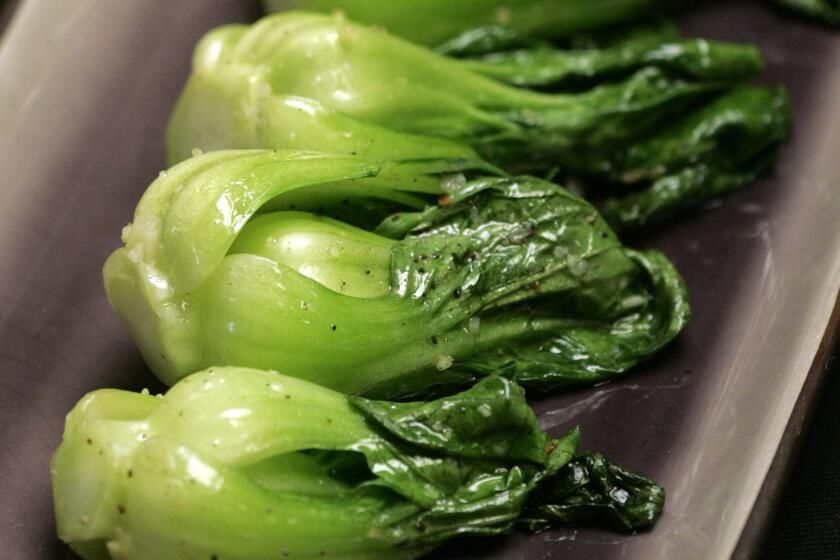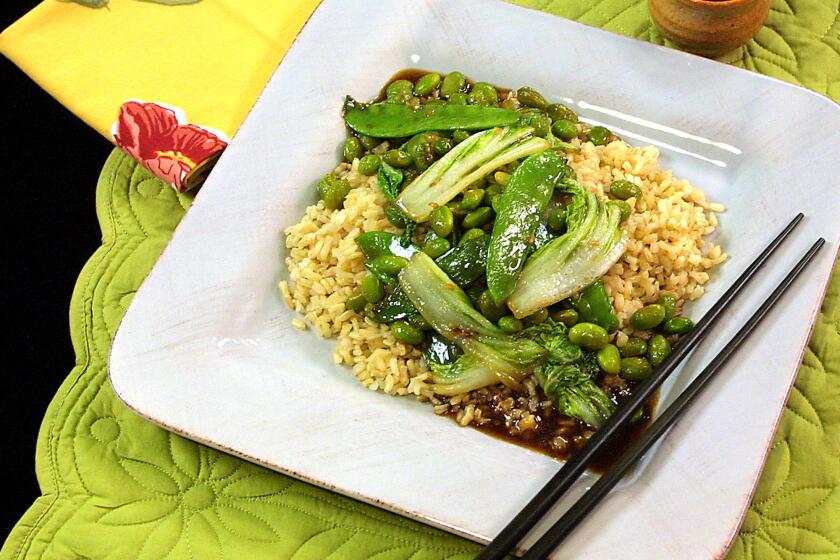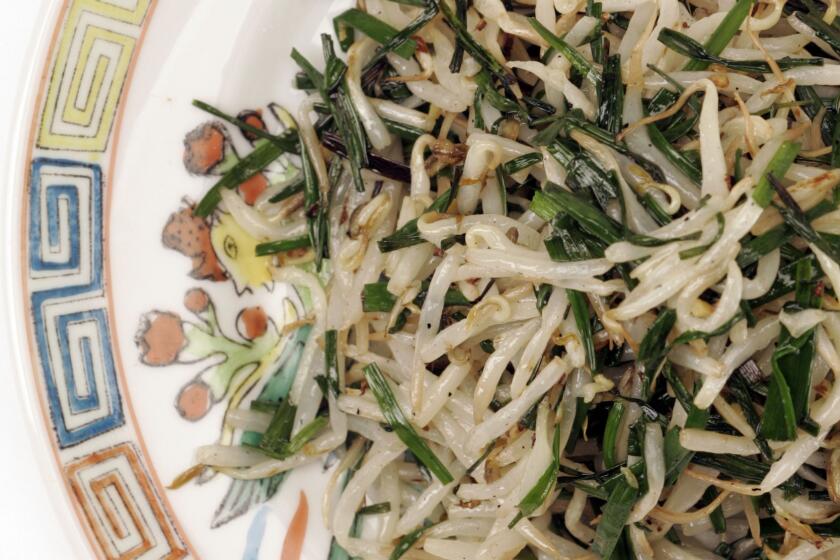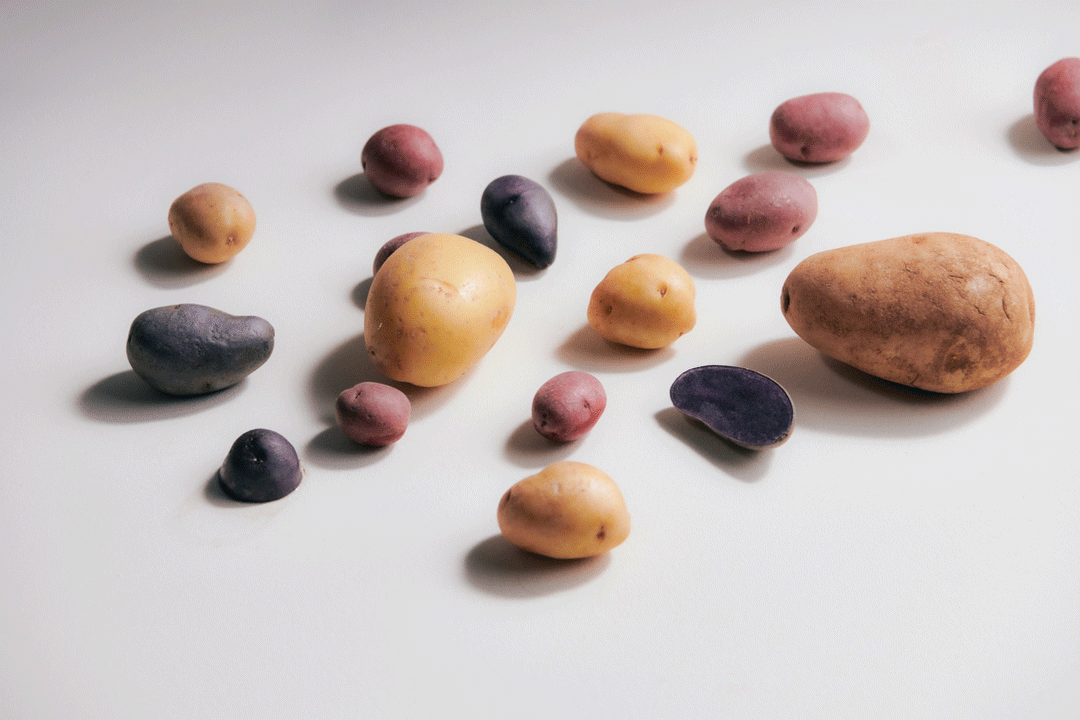How to Boil Water: The easiest way to stir-fried vegetables
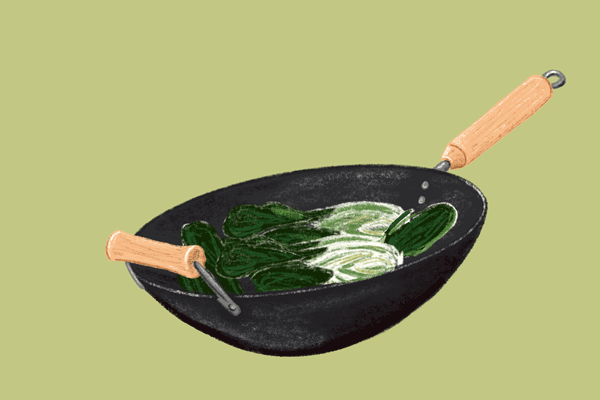
- Share via
With so many of you having to stay home and cook for the first time — ever or more than you have in a long time — we get that it can be overwhelming to have to cook all your meals from scratch. So we’re here to get you started.
Each weekday, we’re going to post a new skill here and go in detail about how to do it — a resource for cooking basics so you can get food on the table and get through this.
A series of simple tutorials for making some basic recipes at home.
Lesson 6: Stir-fried vegetables
Every single night of my childhood, we had at least one platter of stir-fried vegetables and often two. It was among the first dishes I learned to make on my own and is one I serve my kids all the time now. A flash in the pan with hot oil brightens the color and taste of vegetables, heightening their natural sweetness while retaining their crunch.
While there are recipes with long ingredient lists and complex tutorials on capturing the “breath” of a wok, this formula is for an easy, everyday stir-fry that works in a skillet and calls for only three ingredients: vegetables, oil and salt (plus a little water). It works well with almost all Asian greens, softer greens like spinach and Swiss chard and other quick-cooking vegetables such as snap peas, snow peas and asparagus.
Wash the vegetables well but don’t worry about drying them — the water is welcome in the pan.
Cut the vegetables if they’re larger than a few inches in length or thickness. Two inches is a good size for leafy greens and snappy vegetables like asparagus. For vegetables with a thicker, denser part and a leafier part, such as bok choy, cut the leaf portion twice as big. So, 2 inches of stem to 4 inches of leaf. The goal is to have everything cook at the same rate.
Heat a skillet or wok over the highest heat for two solid minutes. Add enough oil to lightly coat the pan, rolling it around the pan to cover the whole thing. Add the vegetables (be careful, they will hiss and sputter if they’re wet) and quickly stir to evenly coat with the oil. Sprinkle with salt and stir again. Add three tablespoons of water and cover the skillet. Cook until you see steam streaming out from under the lid and the vegetables are just tender, 1 to 2 minutes for tender greens, up to 5 minutes for sturdier vegetables. (You can test a piece with a sharp knife or just by eating it to see how cooked they are, remembering they will cook a little more as they cool.) Uncover and stir once more, then immediately transfer to a serving plate.
If you want to add aromatics like garlic, onion or ginger, do it right after the oil heats up and stir for 10 seconds or so. If you want to add liquid seasonings like soy sauce or fish sauce, do so at the very end and stir for a few seconds. (Both are recommended but neither is necessary.)
You can, at this point, use the same wok or skillet to stir-fry some thin slices of marinated meat and then stir the vegetables back in for a one-dish meal. But this big plate of vegetables makes for a great side dish or a vegetarian main dish with a big bowl of rice.
Stir-fried baby bok choy
Edamame stir-fry
Chives stir-fried with bean sprouts (Ching chau sub choi)
More to Read
Eat your way across L.A.
Get our weekly Tasting Notes newsletter for reviews, news and more.
You may occasionally receive promotional content from the Los Angeles Times.

